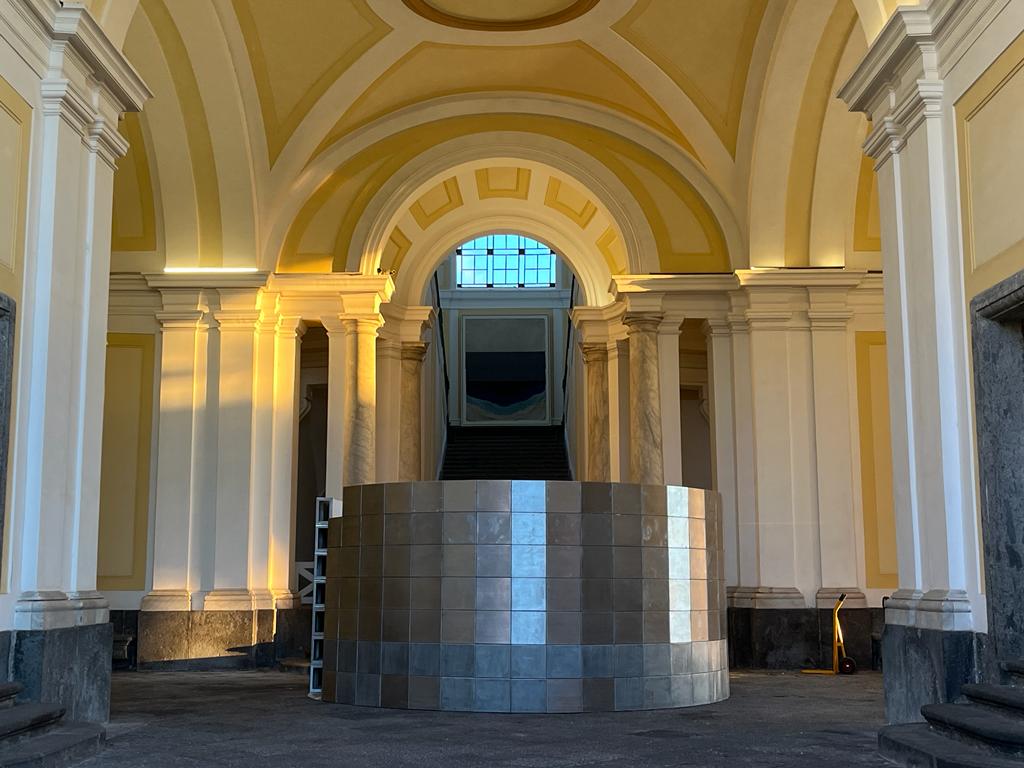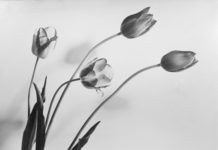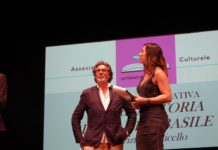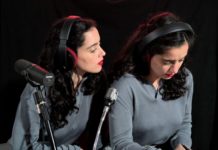Pittore ad Ercolano. La prima mostra italiana (foto) di Lluis Lleó, artista spagnolo, residente tra l’Ampurdan e diverse destinazioni internazionali, noto per il suo lavoro tra astrazione e figurazione, sull’orma della tradizione ma aperto alla contemporaneità.
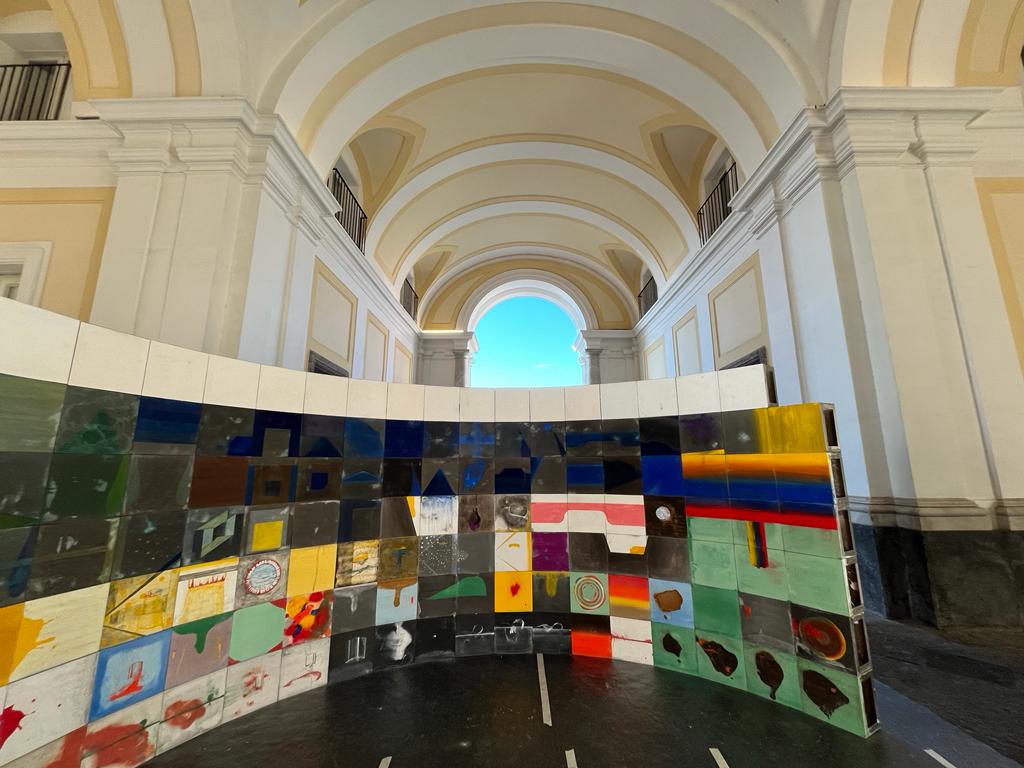
Sarà ospitata nelle sale affrescate di Villa Campolieto su iniziativa della Fondazione Ente Ville Vesuviane presieduta da Gennaro Miranda dal 27 gennaio ( per i due mesi successivi). L’esposizione, curata da Maria Savarese in collaborazione con Ciro Delfino, offre uno sguardo completo sulla produzione più recente dell’artista e sulla sua visione maturata nei trent’anni trascorsi a New York.
Un immaginario viaggio itinerante che ripercorre le opere più significative di Lleó: dipinti e sculture in bilico sul binomio lirismo-forza, presenza-trasparenza e ordine-caos. Abbracciando la tradizione mediterranea del romanico e il dialogo con la modernità americana, la mostra rivela l’abilità dell’autore nell’uso di tecniche miste, supporti vari e strutture interattive che accolgono il pubblico in un’atmosfera d’incanto.
Centro della mostra, l’installazione “The perfect year” all’ingresso della Villa: una struttura circolare in acciaio, rivestita in terracotta, dipinta ad affresco e formata da 365 blocchi che compongono un percorso di vita personale. Iniziata nel 2008, dopo un anno dalla morte dell’amato padre, l’opera rappresenta un cerchio spazio-temporale che racchiude in un simbolico diario intimo paesaggi, date, presenze e assenze dell’artista.
Nato a Barcellona nel 1961, Lleó ha ereditato da nonno e padre la passione per i complessi artistici della Vall de Boí, in Catalunya, dove si trova la più alta concentrazione di architettura romanica in Europa. La sua pratica artistica si distingue per l’applicazione della tecnica dell’affresco attraverso l’uso di pigmenti puri, fondendo scultura e pittura in un organicismo pittorico spaziale, tecnica trasmessagli dal papà che visse per più di un anno in Italia, innamorandosi degli affreschi di Giotto, Cimabue e Piero della Francesca.
Conclude l’autore: «Visitai Napoli per la prima volta all’inizio degli anni ’90. Me ne innamorai subito e capii che mio padre aveva ragione: niente al mondo eguagliava Ercolano».

Villa Campolieto/ Lluis Lleó, painter in Herculaneum between order and chaos
Painter in Herculaneum. The first Italian exhibition of Lluis Lleó, a Spanish artist, resident between Ampurdan and several international destinations, known for his work between abstraction and figuration, in the footsteps of tradition but open to contemporaneity.
It will be hosted in the frescoed rooms of Villa Campolieto on the initiative of the Fondazione Ente Ville Vesuviane chaired by Gennaro Miranda from January 27 ( for the following two months). The exhibition, curated by Maria Savarese in collaboration with Ciro Delfino, offers a complete look at the artist’s most recent production and his vision matured in the 30 years he spent in New York.
It is an imaginary traveling journey that traces Lleó’s most significant works: paintings and sculptures poised on the binomial lyricism-force, presence-transparency and order-chaos. Embracing the Mediterranean tradition of the Romanesque and the dialogue with American modernity, the exhibition reveals the author’s skill in the use of mixed techniques, various media and interactive structures that welcome the audience into an atmosphere of enchantment.
The focus of the exhibition is the installation “The perfect year” at the entrance to the Villa: a circular steel structure, covered in terracotta, painted in fresco and made up of 365 blocks that compose a personal life journey. Begun in 2008, a year after the death of his beloved father, the work represents a space-time circle that encloses the artist’s landscapes, dates, presences and absences in a symbolic intimate diary.
Born in Barcelona in 1961, Lleó inherited from his grandfather as well as from his father a passion for the artistic complexes of Vall de Boí, Catalunya, home to the highest concentration of Romanesque architecture in Europe. His artistic practice is distinguished by the application of the fresco technique through the use of pure pigments, fusing sculpture and painting in a spatial pictorial organicism, a technique transmitted to him by his father who lived for more than a year in Italy, falling in love with the frescoes of Giotto, Cimabue and Piero della Francesca.
Concludes the author, “I visited Naples for the first time in the early 1990s. I immediately fell in love with it and realized that my father was right: nothing in the world is equal to Herculaneum.”


